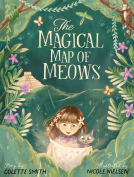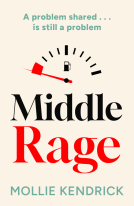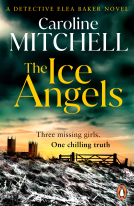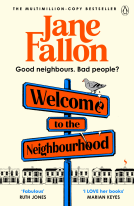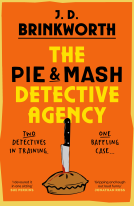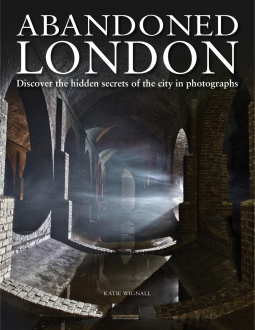
Abandoned London
Discover the hidden secrets of the city in photographs
by Katie Wignall
This title was previously available on NetGalley and is now archived.
Send NetGalley books directly to your Kindle or Kindle app
1
To read on a Kindle or Kindle app, please add kindle@netgalley.com as an approved email address to receive files in your Amazon account. Click here for step-by-step instructions.
2
Also find your Kindle email address within your Amazon account, and enter it here.
Pub Date 14 May 2021 | Archive Date 30 Jun 2021
Amber Books Ltd | Amber Books
Talking about this book? Use #AbandonedLondon #NetGalley. More hashtag tips!
Description
A Note From the Publisher
Marketing Plan
Walking tour, media interviews and appearances. Author available for interview. Please contact editorial@amberbooks.co.uk.
Walking tour, media interviews and appearances. Author available for interview. Please contact editorial@amberbooks.co.uk.
Available Editions
| EDITION | Other Format |
| ISBN | 9781838860202 |
| PRICE | £19.99 (GBP) |
| PAGES | 224 |
Links
Average rating from 84 members
Featured Reviews
What a surprising book!
In a time when we are all stuck in our homes and we can only dream about travel this book brings London to you, and in a way you've never seen it before.
I've visited London as a tourist several times, and there are always new things I wanted to explore. One time it was a strange church I'd read about, another time it was a little art gallery away from the hustle and bustle of Tate and Tate Modern. After reading through this book there are literally dozens of places I want to explore.
I want to see the carved out piers of the Thames, I want to roll a marble down the spiral slidy things in the Millenimum Mills, I want to take a selfie next to the Russian Tank that appeared in Richard III.
This book is like a portable urban treasure map that just keeps on giving.
Highly recommend.
This is my favorite type of armchair travel book: gorgeous photographs of abandoned places that you will never get a chance to see IRL but still (and maybe that adds to the feeling) evoke melancholic feelings of nostalgia. Abandoned London is suddenly my new favorite book.
 Donna M, Reviewer
Donna M, Reviewer
I love books like this - I love being able to look back at how places were and I like the mix of cultural and social history that often comes with them.
I love you can pick them up as and when you want and dip in and out - that said I started reading this one in an evening and finished it the same night, I just kept turning the pages, it was a welcoming way for me to relax after a tough week.
This book has a good mix of images and I liked the commentary that was added just to add a few details to the images selected, the locations and how they came to be abandoned in the first place.
I do imagine that there are more than enough places to make a second, third or even fourth book and I would love to find out more and I think that the author did a great job with the ones selected.
It is 5 stars from me for this one - very highly recommended!
 Reviewer 774126
Reviewer 774126
This book is amazing. A collection of beautiful photos, some showing parts of London that are not accessible e.g. underground places or the interiors of derelict buildings, others showing places that you probably walk past without noticing how interesting they are. It's really fascinating - so much history all around us. Even modern history - like the collection of abandoned internet cafes! Internet cafes seemed so modern not so long ago but now they're something we just don't need anymore with the advent of smartphones.
Readers who liked this book also liked:
Sabine Meyer
General Fiction (Adult), Sci Fi & Fantasy, Teens & YA
Elizabeth Arnott
General Fiction (Adult), Historical Fiction, Mystery & Thrillers
Jane Fallon
General Fiction (Adult), Mystery & Thrillers, Women's Fiction

